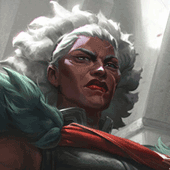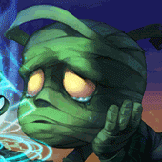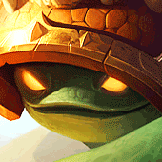Wild Rift is an optimized and adapted version of League of Legends for mobile devices, offering an intense and competitive gaming experience. An essential tool for any Wild Rift player is a Wild Rift Tier List, which ranks champions based on their performance and effectiveness in the game.
This article aims to delve into the concept of the tier list, explain its relevance and offer a detailed guide on how to use it to improve your game in version 6.0b.
Wild Rift Tier List 6.0b
S+






S










A













B





C

S+






S














A
















B






C


S+





S










A















B









C


S+




S





A





B




C

S+



S












A








B



C

Key factors to know about the Wild Rift meta
The tier lists are not arbitrary; they are based on several factors that determine a champion’s effectiveness in different roles and game contexts. Below are the main criteria used to rank champions in Wild Rift:
- Victory Rate: How often a champion contributes to victory in ranked games.
- Flexibility: The ability of a champion to play multiple roles or adapt to different play styles.
- Difficulty of Use: The ease or difficulty of mastering a champion’s abilities.
- Impact on the Meta: How a champion fits into and affects the current meta of the game, including its synergy with other champions and its resistance to counterattacks.
Explanatory paragraphs for each Tier
S+-Tier: Exceptionally strong champions that meet the current meta. They are the best option to climb in ranked games.
S-Tier: Very powerful and versatile champions that adapt to various team compositions and strategies.
A-Tier: Solid champions that perform well in general, but can be outclassed by higher level champions in certain situations.
B-Tier: Situational champions that can be effective in specific compositions or against specific opponents.
C-Tier: Champions that are currently weak or not suited to the current meta. It is recommended to avoid their selection in most games.
Wild Rift Tier List Comparison Between Different Sources
Comparing tier lists from different sources can provide a more complete perspective and help players make more informed decisions. Below are some comparisons based on the URLs analyzed:

